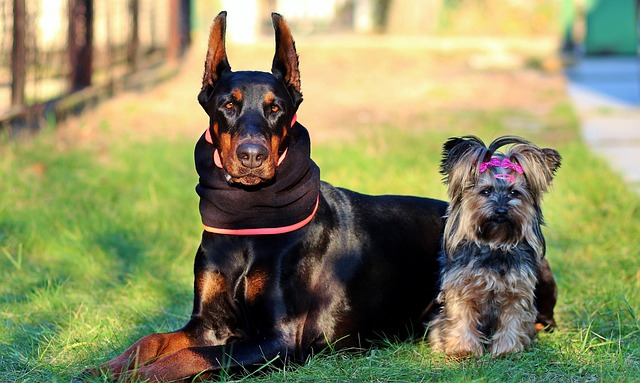
what to put on dogs paws to stop licking
You’re sitting on the couch, and your pup curls up beside you—only to start gnawing at their paw like it’s a chew toy. At first, it’s cute, but after 10 minutes of nonstop licking
You’re curled up in your Chicago apartment when the sound starts: thump-thump-scratch-scratch as your Golden Retriever rakes her raw belly across the floor. Downstairs neighbors bang their ceiling. That desperate itch demands relief, and while pet stores overflow with "calming" sprays, safe solutions require science-backed ingredients and smart application. Not all sprays are created equal—some soothe, others risk chemical burns or toxic reactions.
Understanding the itch cycle is crucial. When skin gets irritated from allergies or dry winter air in Minnesota, nerve endings fire relentless signals. Quality sprays use barrier repair technology: colloidal oatmeal forms a protective film while ceramides reinforce the skin’s moisture barrier. Veterinary dermatologists recommend pH-balanced formulas like Vet’s Best Hydrocortisone-Free Spray, which contains 1% pramoxine to block nerve signals without steroids. For oozing hot spots, chlorhexidine sprays (Douxo S3 Calm) fight bacterial overgrowth. Beware "natural" labels—tea tree oil concentrations above 0.1% cause tremors in dogs, while alcohol-based sprays trigger stinging and rebound dryness.
Always start with a vet visit to rule out parasites like mange, which sprays won’t fix. For allergy-related itch, do a patch test: Spray the inner thigh and wait 24 hours for redness. Prep skin with hypoallergenic wipes before holding the bottle 4–6 inches away, misting against the fur grain. Immediately distract your dog with a frozen lick mat to prevent licking—ingestion reduces effectiveness. Limit applications to 2–3 times daily; overuse disrupts the skin’s microbiome. For sensitive paws, spray cotton balls instead of direct mist to avoid slippery floors in your Seattle high-rise.

Here’s where responsibility matters. Current rabies records are non-negotiable—if steroids become necessary later, clinics require proof. During walks, leash laws still apply: Medicated dogs may bolt when sudden relief hits. Antihistamines in some sprays increase thirst, leading to more bathroom trips—always carry extra poop bags since Portland fines $250 per missed cleanup. Avoid dog parks for 24 hours post-application; residue could trigger reactions in other pets. Culturally, never pin your dog down to spray them. The AVMA confirms force increases stress-induced itching. Instead, pair applications with gentle ear rubs and use silent-pump bottles for noise-sensitive dogs.
Urban living demands adaptations. Place absorbent mats under treatment zones to protect hardwood floors from drips—neighbors won’t appreciate stains seeping through ceilings. Schedule spraying before walks; damp fur reduces airborne dander affecting shared hallways. Choose fragrance-free options like TropiClean Medicated Relief for buildings with central HVAC. In Phoenix suburbs, rinse paws after grassy play to prevent allergen reactivation, and store sprays away from garage heat that degrades active ingredients.
Watch for danger signs: Open sores, sudden worsening after spraying, or lethargy require immediate vet care. For stiff senior dogs, try targeted roll-ons instead of sprays. While quality sprays offer temporary comfort, lasting relief starts with veterinary insight—because a quiet apartment and a content dog are worth every careful step.

You’re sitting on the couch, and your pup curls up beside you—only to start gnawing at their paw like it’s a chew toy. At first, it’s cute, but after 10 minutes of nonstop licking

Picture your Golden Retriever, Cooper, hopping awkwardly across a Minneapolis sidewalk in January, lifting his paws from salt-covered ice while you wince in sympathy.

When your dog starts scratching nonstop, gnawing at their paws until they’re raw, or breaking out in red, inflamed patches, chances are they’re dealing with canine atopic dermatitis

You’re brushing your golden retriever after a morning hike, and notice her squinting—one eye looks a little red, with a crusty corner. Panic hits: “Should I grab my eye drops?”

It’s a familiar panic for new pup parents: you notice your dog shaking their head like a wet rag, or scratching at their ear with a paw, and think, “Maybe their ears need a clean.”

You’re curled up in your Chicago apartment when the sound starts: thump-thump-scratch-scratch as your Golden Retriever rakes her raw belly across the floor.